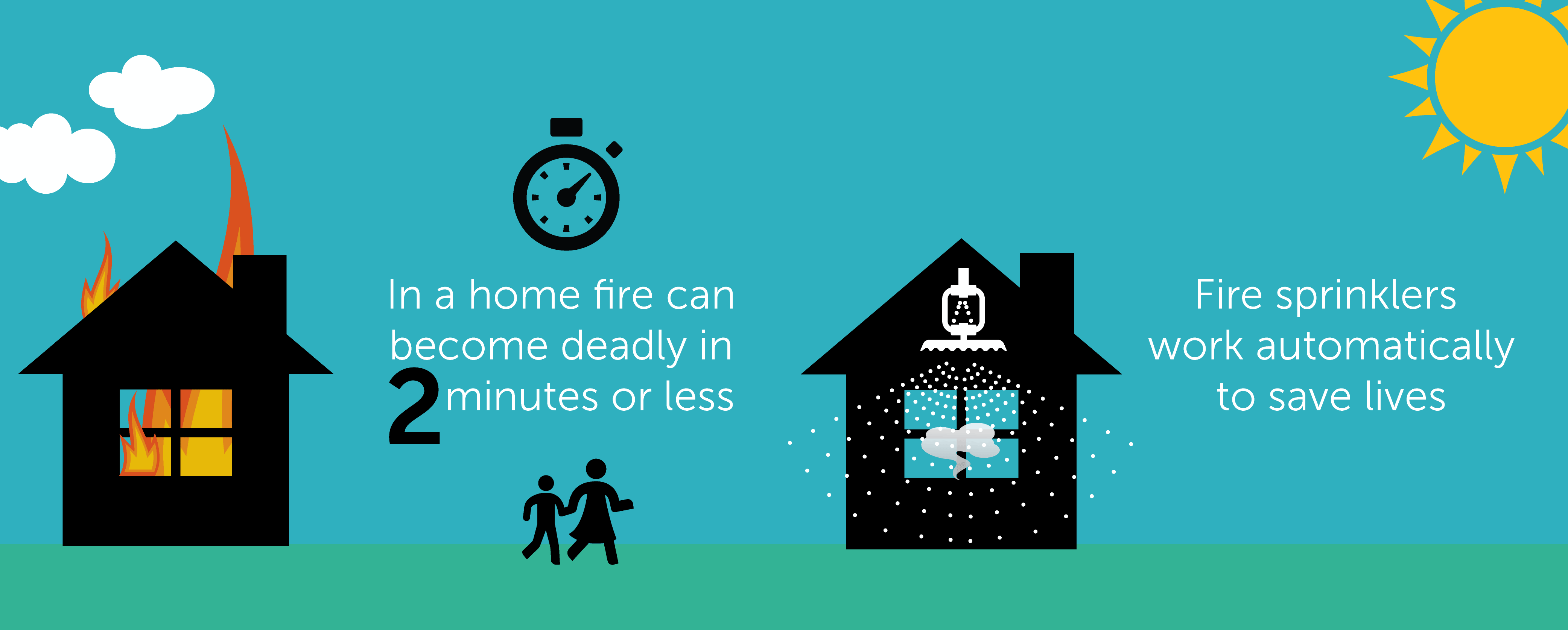Fire Sprinklers Add Value

Fire Sprinklers Add Value

By being ready with fire sprinkler facts, you can keep buyers focused on the assets – life safety, property protection and increased value – and sell the home faster.
Despite all the good things about fire sprinklers, prospective buyers are likely to have heard inaccurate information about fire sprinklers and be concerned by incorrect special effects they’ve seen in movies.
Fire sprinklers do not go off all at once.
They are individually activated by the heat from a fire, and 90% of fires are stopped by a single sprinkler.
Fire sprinklers protect the home 24 hours a day, automatically. Fire sprinklers are linked by a network of piping, primarily a strong, non-combustible plastic pipe, hidden behind walls and ceilings. Most fire sprinkler systems operate off the household water main. When water pressure is a problem, the system is fed by a storage tank.
There are several types of fire sprinklers made for homes; some are for installation on walls and others in ceilings: some are concealed by a plate. All residential fire sprinklers are much smaller and lower-profile than the types of sprinklers used in commercial properties.
Each sprinkler has a temperature-sensitive element. Sprinklers individually activate when the temperature reaches between 135-165 degrees F. They control the fire until the fire department arrives.
Smoke, cooking vapors or steam cannot cause the sprinklers to activate – sprinklers only operate in response to the high temperature of a fire.
Maintenance is a Snap
Sprinklers require very little maintenance. It’s essential to keep the water valve turned on, so a simple visual inspection should be done routinely to ensure the valve is open. (Keeping the valve padlocked in the “on” position is a good idea.) And, inspect the pipes and sprinklers occasionally to make sure nothing is obstructing them.
Every home sprinkler system should have a water flow test on a regular basis. It’s a simple test that can be done by the homeowner or a fire sprinkler contractor.